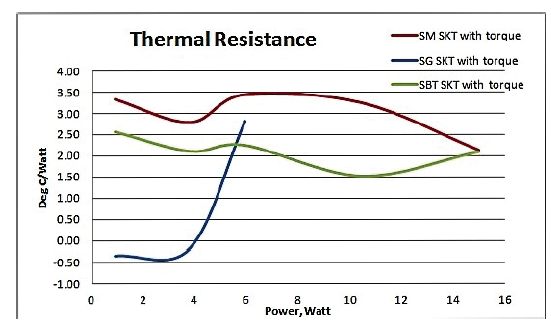
The classic function of a socket is to provide a connection mechanism from the IC (Integrated Circuit) to the circuit board with as little electrical load as possible. This allows the IC to function as it is soldered into the PCB (printed circuit board) but can be replaced by another IC to upgrade or test multiple IC’s. With the advent of power devices getting into the tens of watts perhaps even 50 to 100 watts, the socket needs to accommodate removal of the heat due to this power or the IC will self destruct or worse. Mostly heat is removed from the top side of device by adding fins/plates with air circulation. With the introduction of QFNs and QFPs with epad, heat needs to be removed from the bottom side as well. Power devices are designed such that the center pad acts as both electrical grounding as well as a medium for thermal dissipation. When soldered down, heat from the center pad is dissipated via PCB ground copper plane layer. When placed inside the socket, heat has to be passed through socket contact. This article describes experimental methods to determine heat dissipation through socket contact technologies.
Advertisement
Learn more about Ironwood Electronics





